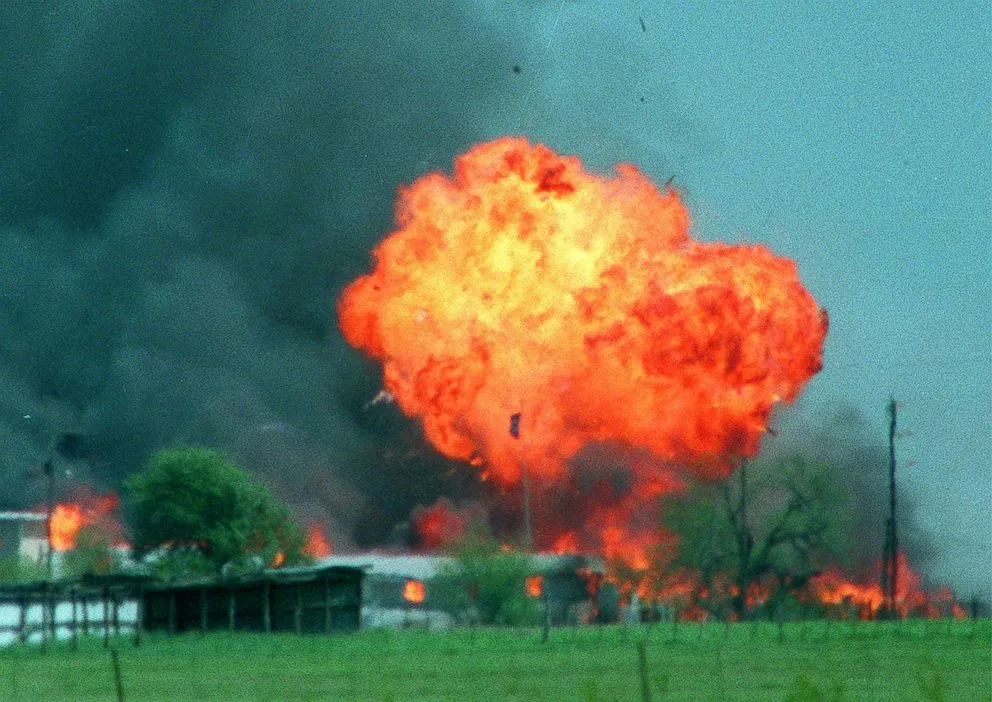

At the point when the sun ascended on April 19, 1993, it denoted the 51st day of a standoff between many government specialists and individuals from a prophetically catastrophic religious order called the Branch Davidians, who had blockaded themselves in their compound outside Waco, Texas.
"Nothing about April nineteenth began ordinary, nothing," said Waco survivor and previous Branch Davidian part David Thibodeau. "It was blustery."
The breezes were as high as 30 to 35 miles for every hour that morning, said FBI specialist Jeff Allovio, so solid that it was difficult to hear anything outside of his vehicle.
Mary Garofalo, a writer who secured the occasions at Waco for the news program, "A Current Affair," said she thought it was simply going to resemble some other day in the previous long stretches of the standoff.
"But this time, when I looked through the binoculars. I saw a tank with an expanded arm," she said. "At that point we understood they were going in." The attack started on Feb. 28, 1993, when 76 operators from the Bureau of Alcohol, Tobacco and Firearms touched base at the Mount Carmel Center compound with a court order to search for unlawful weapons. A shootout between government operators and Branch Davidians followed, executing four ATF specialists and six Davidians.
"Everybody conceives that we're creatures, that we assaulted pure individuals," said ATF specialist Robert Elder. "We didn't drive up there and begin shooting and executing individuals. We reacted with fatal power in light of the fact that fatal power was utilized against us."